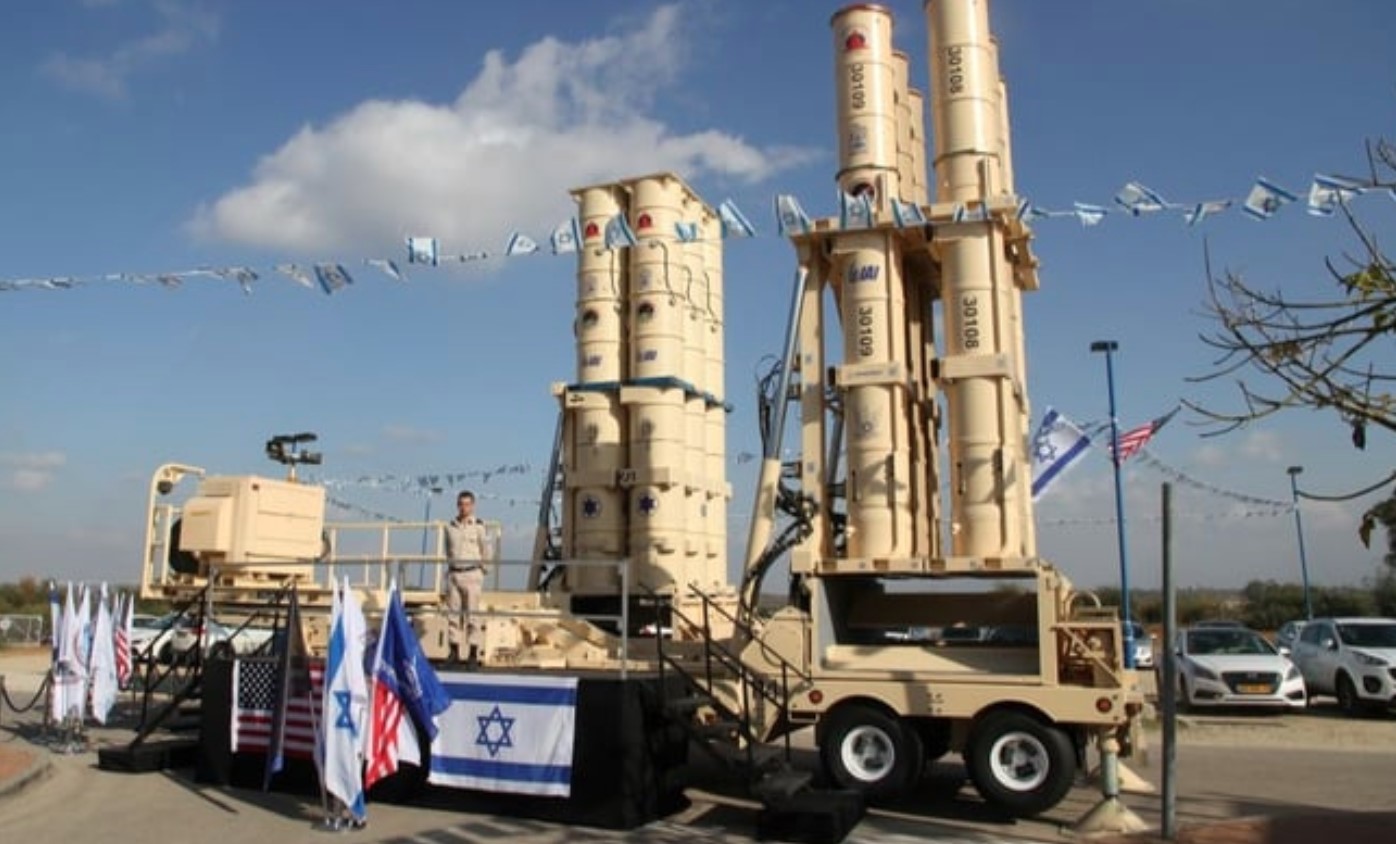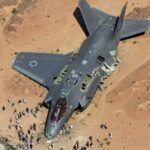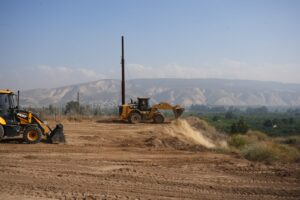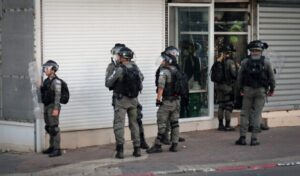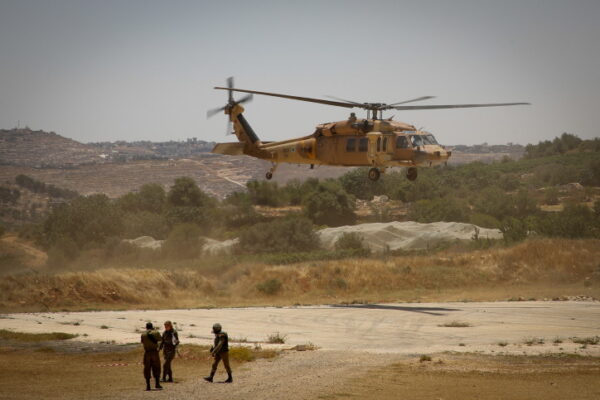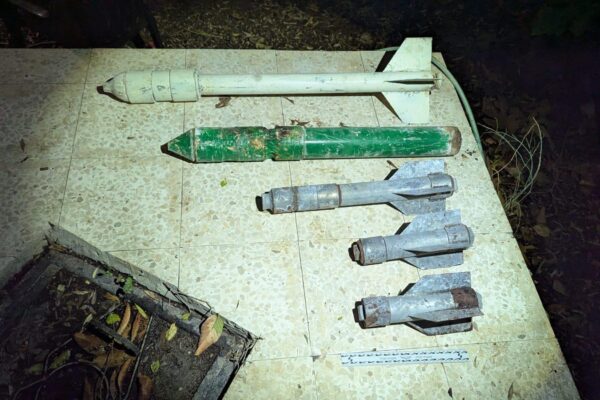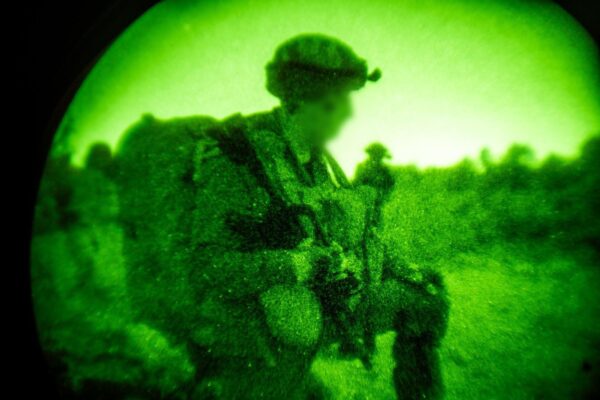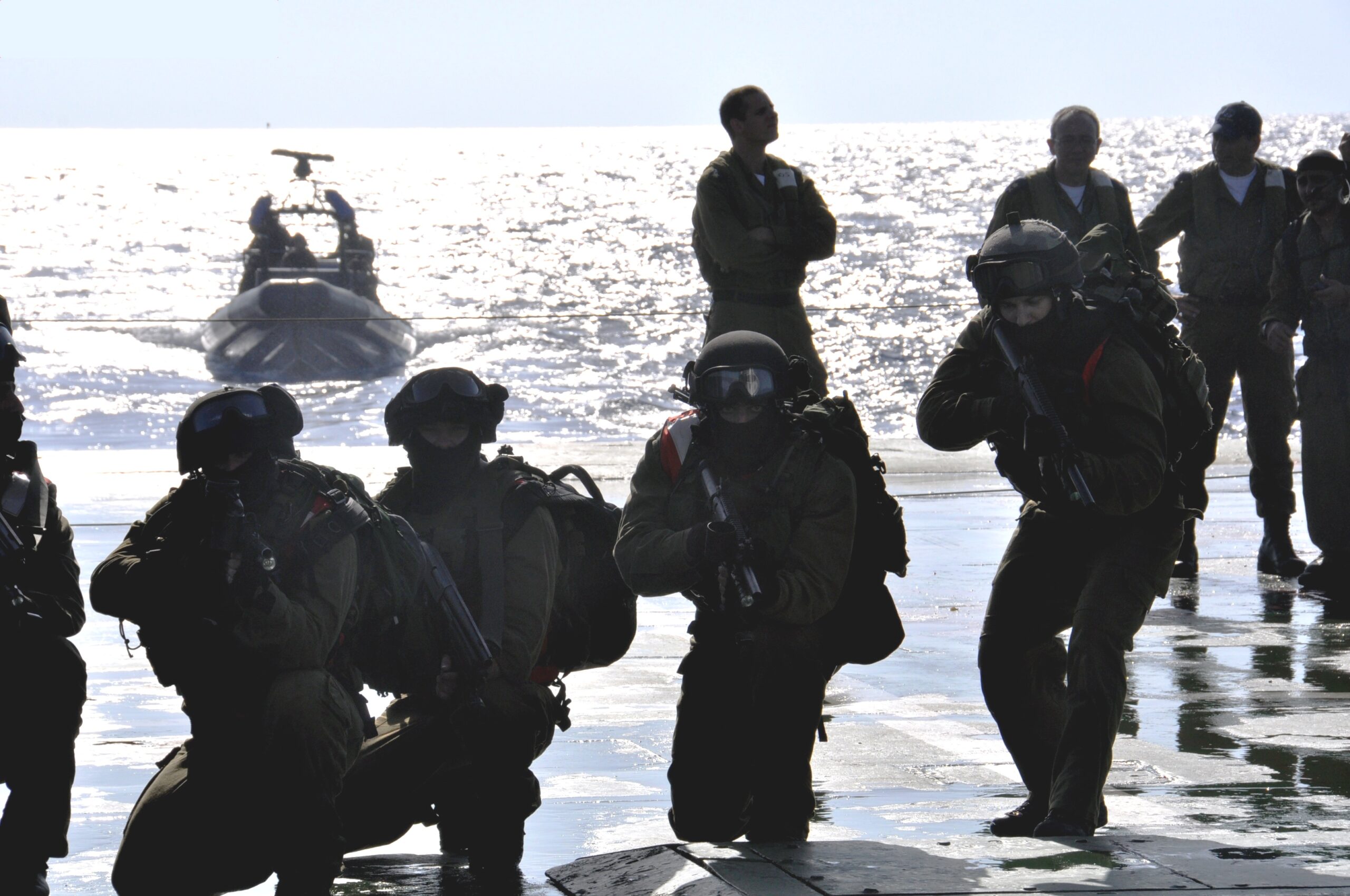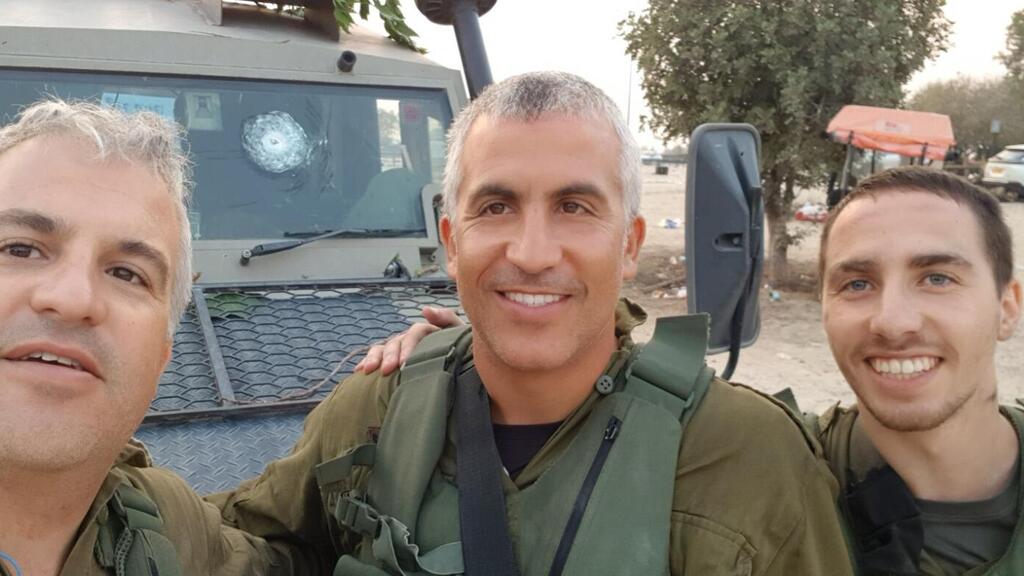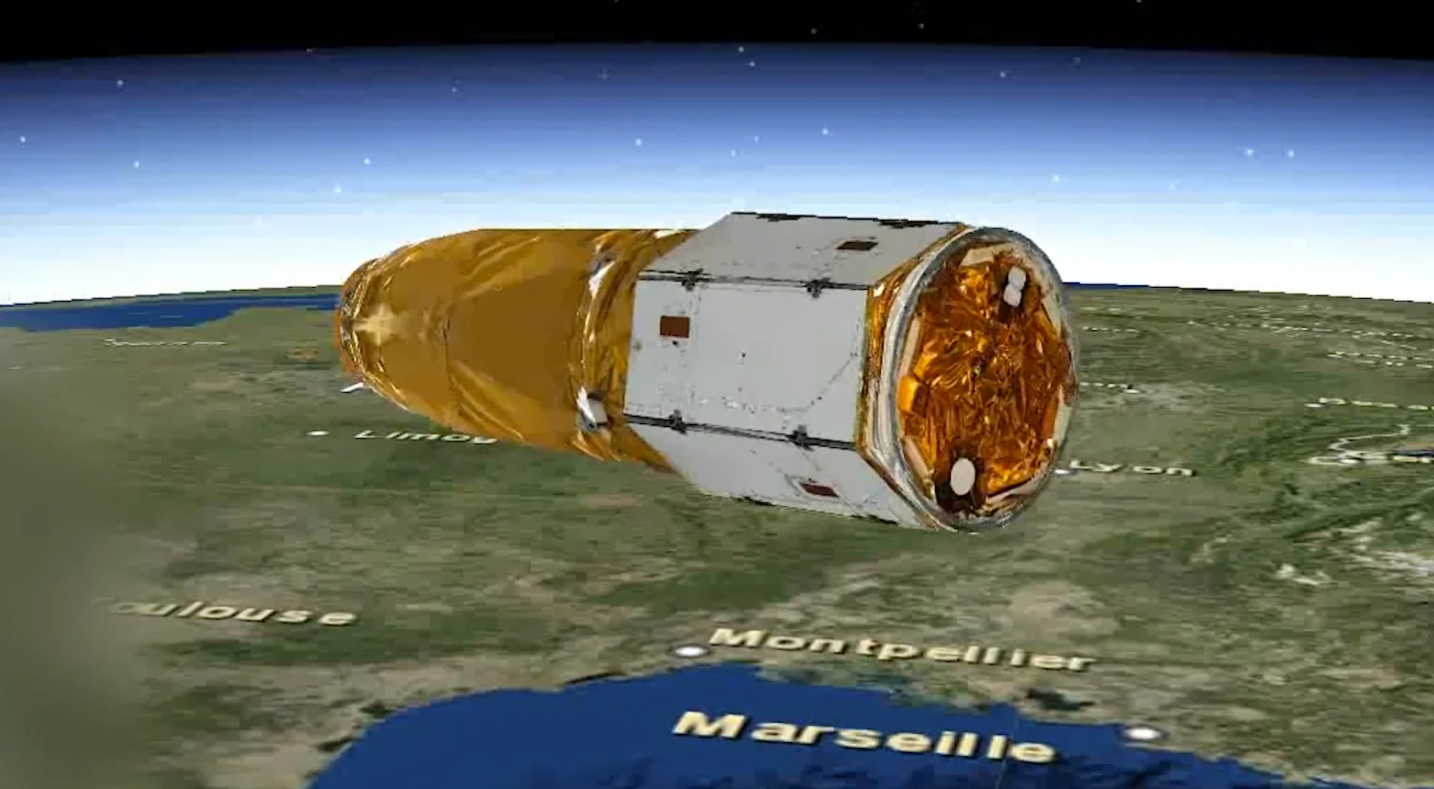This attack follows a series of Houthi missile and drone attacks in recent weeks, including a ballistic missile strike near Ben-Gurion International Airport on May 4 that wounded eight civilians and disrupted air traffic.
By Joshua Marks, JNS
The Israel Defense Forces intercepted a Yemeni ballistic missile early Sunday, triggering air-raid sirens across central Israel, including in Tel Aviv and surrounding areas.
The missile was fired by the Iranian-backed Houthi terrorist group, which has escalated its attacks on Israel in recent weeks.
According to the IDF, the missile was detected and neutralized by aerial defense systems shortly after launch, which was initially reported at 1:57 a.m.
Sirens were activated in accordance with protocol, and no impact sites or casualties were reported.
However, the Magen David Adom emergency service noted that one individual in Bat Yam, just south of Tel Aviv, sustained minor injuries while en route to a bomb shelter.
This is the moment Israel intercepted another Iranian ballistic missile from Yemen last night.
Notice how it doesn’t drop out of the sky, Looney Tunes style. The shrapnel keeps flying through the air.
That’s why you have to stay in your shelter for ten minutes. pic.twitter.com/BZvlsDHVVT
— Eylon Levy (@EylonALevy) May 18, 2025
This attack follows a series of Houthi missile and drone attacks in recent weeks, including a ballistic missile strike near Ben-Gurion International Airport on May 4 that wounded eight civilians and disrupted air traffic.
In response to the aggression, the Israeli Air Force conducted a major aerial operation on Friday night, targeting Houthi terrorist infrastructure at the Hudaydah and Salif ports in Yemen.
Fifteen IAF fighter jets dropped more than 30 munitions on sites used for weapons transfers, marking the eighth IDF attack on Houthi targets since the group joined the war in support of Hamas following the Oct. 7, 2023, massacre.
Defense Minister Israel Katz warned, “If the Houthis continue to fire missiles at the State of Israel, they will suffer painful blows—and the heads of the terrorist group will also be hit. We will defend ourselves with strength against any enemy.”
חיל-האוויר תקף מוקדם יותר היום תשתיות טרור של שלטון הטרור החות’י, בנמלי חודידה וא-סליף שבתימן.
התקיפות בוצעו כנגד תוקפנות שלטון הטרור החות'י, ומצטרפות לפעולות קודמות נגד מטרות טרור בתימן. pic.twitter.com/kjYWxeaIVG— Israeli Air Force (@IAFsite) May 16, 2025
The IDF emphasized that the targeted ports serve as hubs for weapons transfers and exemplify “the Houthi terrorist regime’s systematic and cynical exploitation of civilian infrastructure to advance terrorist activities.”
Before the strikes, warnings were issued to civilians in the area to evacuate, aiming to minimize harm to noncombatants.
Following the Ben-Gurion Airport attack, the IDF on May 6 carried out a series of strikes on Sanaa International Airport in Yemen.
Dozens of Air Force fighter jets made the more-than-1,000-mile journey and dropped 50 bombs over the course of about 15 minutes, disabling for 11 days the main airport controlled by Houthi terrorists.
Israeli Air Force fighter jets also attacked major power stations in the Houthi capital, as well as a cement factory located north of Sanaa, which was used for building tunnels and terrorist infrastructure.
The Houthi regime has been operating under Iranian direction and funding to harm Israel and its allies, undermining regional stability and disrupting global freedom of navigation, the IDF noted.


